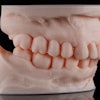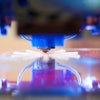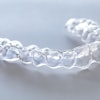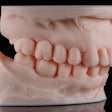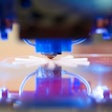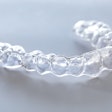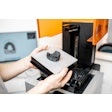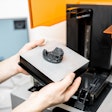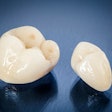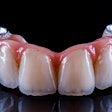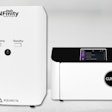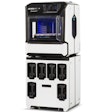Given all the imaging methods now available, is visual examination still the best way to detect secondary caries around amalgam restorations? Apparently so, according to a study in Brazilian Oral Research (March 2010, Vol. 4:1, pp. 102-107).
In the in vitro study, researchers from the University of São Paulo dental school compared the performance of four different methods -- visual inspection, laser fluorescence (Diagnodent, KaVo Dental), radiography, and tactile examination -- in detecting secondary caries in primary molars restored with amalgam.
They photographed 54 primary molars and selected 73 suspect sites adjacent to amalgam restorations. To validate the methods, a caries-detector dye was used after restoration removal. The sensitivity, specificity, and accuracy of the methods were calculated for enamel (D2) and dentine (D3) thresholds.
According to the researchers, tactile examination and visual inspection presented the highest interexaminer agreement for the D2 and D3 thresholds, respectively. Overall, visual inspection topped the other methods for both thresholds (Az = 0.861 and Az = 0.841, respectively).
"Visual inspection presented the best performance for detecting enamel and dentin secondary caries in primary teeth restored with amalgam," they concluded.
Copyright © 2010 DrBicuspid.com
